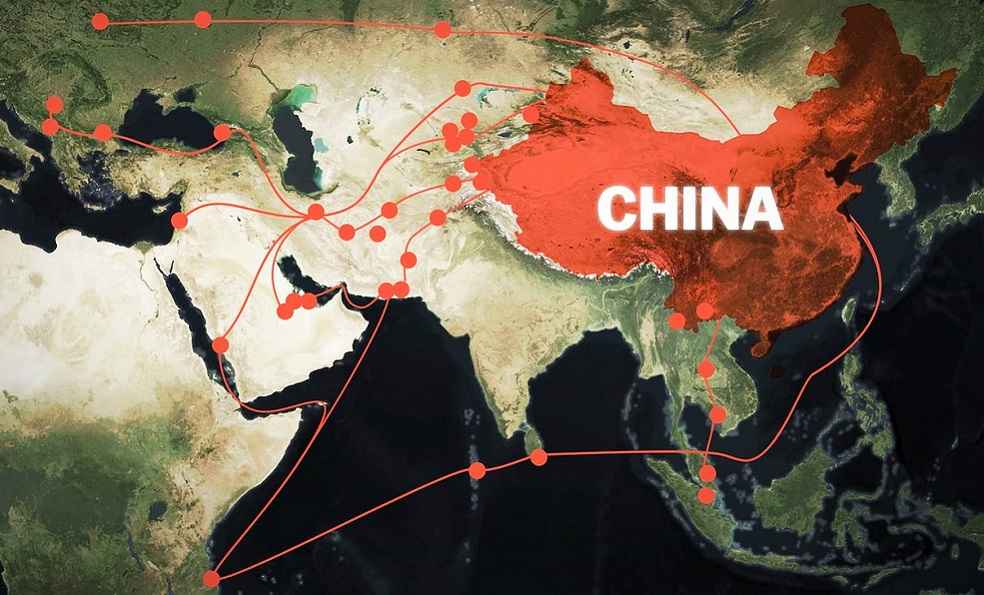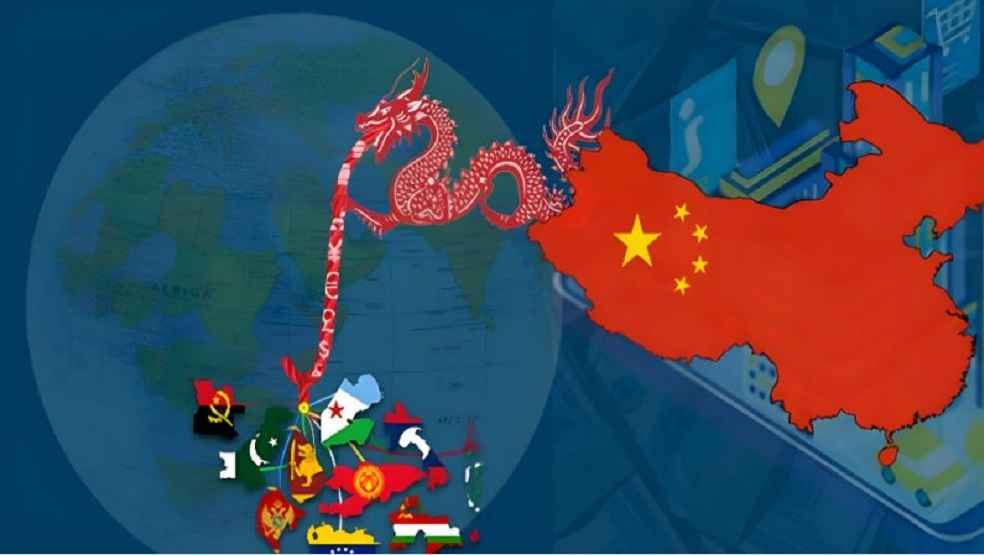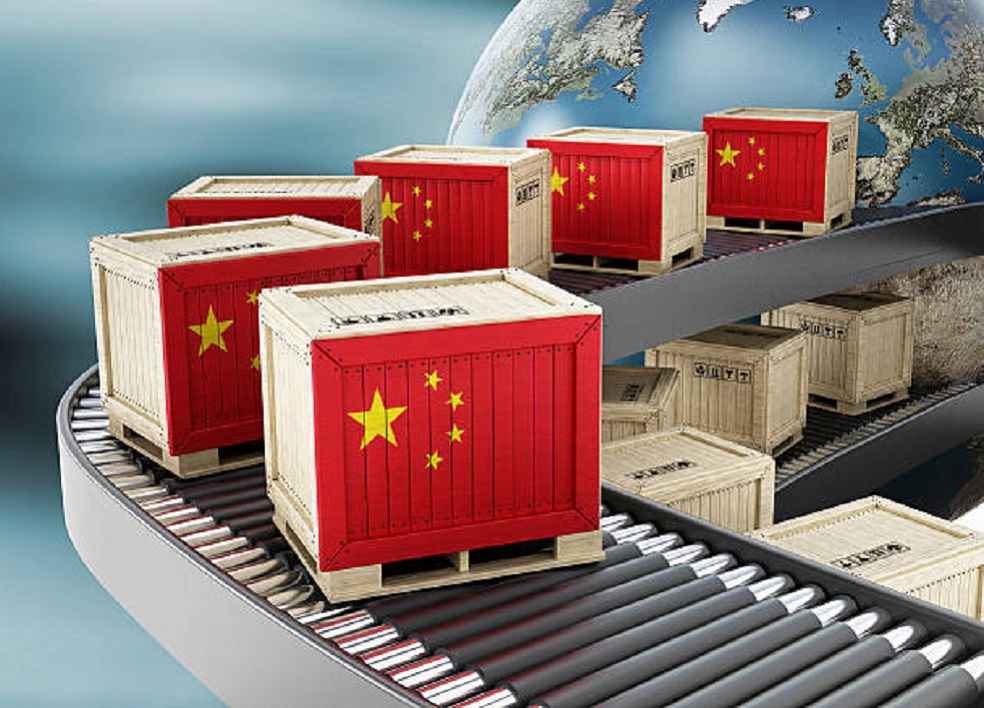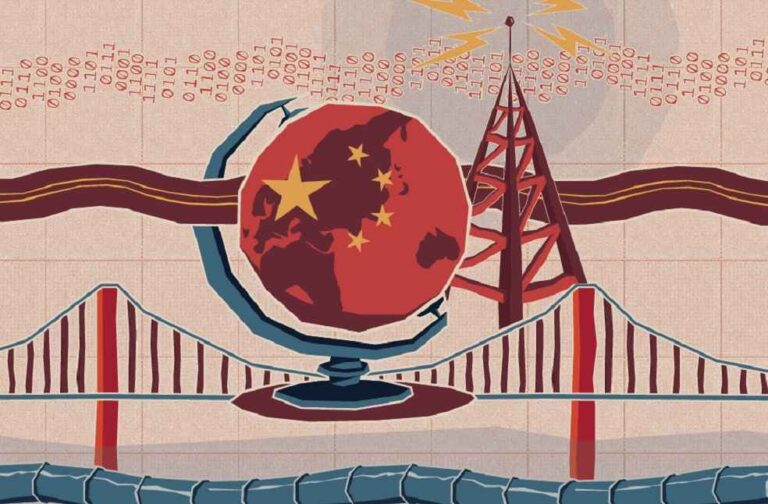Ten years mark the evolution of China’s Belt and Road Initiative (BRI), a vision that champions global economic integration. This strategy merges vast foreign investment with monumental infrastructure developments, eliciting both acclaim and scrutiny.
Unraveling BRI’s Genesis
Launched in 2013, BRI resonates with the ethos of the ancient Silk Road, bridging China with the West before the 19th-century maritime dominance. This modern venture is backed by a projected $8 trillion, targeting African, Asian, and European terrains. Diverse financing mechanisms, spanning government to commercial banks and Public-Private Partnerships (PPPs), fuel this initiative.
A Tapestry of Achievements
With a decade, the BRI boasts the completion of numerous projects. The China-Europe Railway Express, operational since 2017, seamlessly connects London to Yiwu in China. Strategic ports dot landscapes in Pakistan and Greece, while Africa celebrates milestones like the Cairo – Cape Town highway, a piece of the Trans-African Highway Network puzzle.

Beyond tangible infrastructures, China nurtured economic arteries connecting it to countries: Pakistan, Laos, and Russia, to name a few. Solidifying its dedication, agreements with 140 countries and 32 international bodies were inked. Reflecting its assertive global economic imprint, China’s foreign direct investments surged from $82bn in 2012 to a staggering $154bn by 2020.
Controversies Surrounding the BRI
BRI’s journey isn’t devoid of challenges. Persistent claims allude to China’s ‘debt trap diplomacy’ modus operandi. Detractors highlight instances of nations grappling with loan repayments, culminating in China commandeering the resultant infrastructure.
Analytical inputs, exemplified by the Centre for Global Development, spotlight potential debt vulnerabilities for nations like Laos and Mongolia a post-BRI collaborations. Such revelations nurture skepticism about the initiative’s underlying motivations and its tangible dividends for associated nations.

The Future of BRI
BRI, although bruised by the Covid-19 economic ramifications, remains undeterred. The EIU posits that China’s investment fervor will gravitate towards economically agile ASEAN players like Singapore, Indonesia, and Malaysia, citing robust growth trajectories and an expanding middle-class populace.
The 2020 inked Regional Comprehensive Economic Partnership (RCEP), binding China with ten ASEAN counterparts and more, underscores a likely strategic tilt towards new proximate geographical domains in forthcoming phases.
The upcoming Belt and Road Forum for International Cooperation in Beijing this October is expected to discuss the persisting issues. With participation confirmed by 90 countries, the spotlight will be on prominent figures such as Serbian President Aleksandar Vucic, Argentine President Alberto Fernandez, and Russian President Vladimir Putin.

As BRI charts its forward path, the world remains keenly attuned, anticipating its ripple effect on global economic configurations.
LATEST NEWS | Xi Jinping expanded China’s Services Sector for Global Economic Revival



